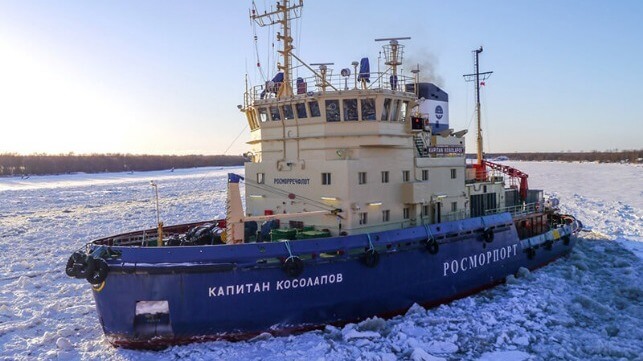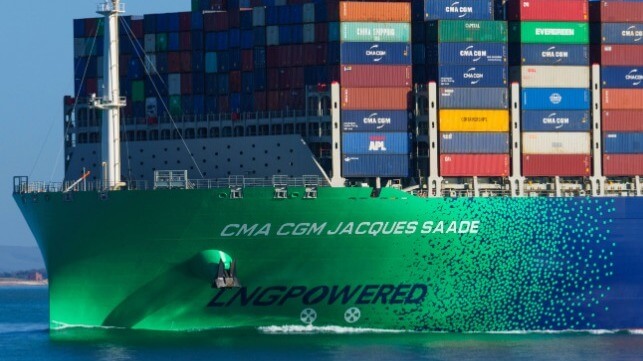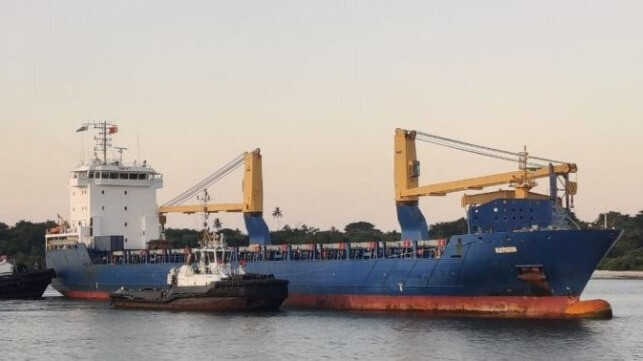Scientists show accelerating CO2 release from rocks in Arctic Canada with global warming
Peer-Reviewed Publicationimage:
Landscape in the upper Peel River showing exposed bedrock on steep slopes coupled to river channels, where physical weathering is producing abundant fresh material (Credit: Robert Hilton)
view moreCredit: Robert Hilton
Researchers from the Department of Earth Sciences at the University of Oxford have shown that weathering of rocks in the Canadian Arctic will accelerate with rising temperatures, triggering a positive feedback loop that will release more and more CO2 to the atmosphere. The findings have been published today in the journal Science Advances.
For sensitive regions like the Arctic, where surface air temperatures are warming nearly four times faster than the global average, it is particularly crucial to understand the potential contribution of atmospheric CO2 from weathering. One pathway happens when certain minerals and rocks react with oxygen in the atmosphere, releasing CO2 via a series of chemical reactions. For instance, the weathering of sulfide minerals (e.g., ‘fool’s gold’) makes acid which causes CO2 to release from other rock minerals that are found nearby. In Arctic permafrost, these minerals are being exposed as the ground thaws due to rising temperatures, which could act as a positive feedback loop to accelerate climate change.
Up to now, however, it has been largely unknown how this reaction will respond to temperature change and much extra CO2 could be released.
In this new study, researchers used records of sulfate (SO42-) concentration and temperature from 23 sites across the Mackenzie River Basin*, the largest river system in Canada, to examine the sensitivity of the weathering process to rising temperatures. Sulfate, like CO2, is a product of sulfide weathering, and can be used to trace how fast this process occurs.
The results demonstrated that across the catchment, sulfate concentrations rose rapidly with temperature. During the past 60 years (from 1960 to 2020), sulfide weathering saw an increase of 45% as temperatures increased by 2.3oC. This highlights that CO2 released by weathering could trigger a positive feedback loop that would accelerate warming in Arctic regions.
Using these past records from rivers, the researchers predicted that CO2 released from the Mackenzie River Basin could double to 3 billion kg/year by 2100 under a moderate emission scenario. This change would be equivalent to about half the total annual emissions from Canada’s domestic aviation sector for a typical year.
Lead author, Dr Ella Walsh (Department of Earth Sciences, University of Oxford at the time of the study) said: “We see dramatic increases in sulfide oxidation across the Mackenzie with even moderate warming. Until now, the temperature sensitivity of CO2 release from sulfide rocks and its main drivers were unknown over large areas and timescales.”
Not all parts of the river catchment responded in the same way. Weathering was much more sensitive to temperature in rocky mountainous areas, and those covered with permafrost. By modelling the process, the researchers revealed that sulfide weathering was accelerated further by processes which break rocks up as they freeze and shatter.
Conversely, areas covered with peatland showed lower increases in sulfide oxidation with warming, because the peat protects the bedrock from this process.
Co-author, Professor Bob Hilton (Department of Earth Sciences, University of Oxford) said: “Future warming across vast Arctic landscapes could further increase sulfide oxidation rates and affect regional carbon cycle budgets. Now that we have found this out, we are working to understand how these reactions might be slowed down, and it seems that peatland formation could help to lower the sulfide oxidation process.”
There are numerous similar environments across the Arctic where the combination of rock types, high proportions of exposed bedrock, and vast areas of permanently frozen ground create conditions where warming will result in rapid increases in sulfide weathering. As a result, it is extremely likely that this effect is not restricted to the Mackenzie River Basin.
According to the researchers, the study highlights the value of considering sulfide weathering in large scale emission models, which are extremely useful for making predictions of climate change.
*Records were provided by Environment Canada through their National Long-term Water Quality Monitoring Programme. Sulfate concentrations were measured using ion chromatography, where liquid samples are passed through a column filled with a resin which attracts specific ions based on their charge.
Notes to editors:
For media enquiries and interview requests, contact Dr Ella Walsh (ella.walsh@uib.no) and Prof Bob Hilton (robert.hilton@earth.ox.ac.uk).
The study ‘Temperature sensitivity of the mineral permafrost feedback at the continental scale’ will be published in Science Advances at 19:00 BST / 14:00 ET Wednesday 09 October. DOI 10.1126/sciadv.adq4893
For more information, including a copy of the paper, contact the Science Advances editorial team vancepak@aaas.org or access the Science Advances press package, VancePak, at https://www.eurekalert.org/press/vancepak/
Images relating to the study that can be used to illustrate articles are available: https://drive.google.com/drive/folders/1Vds06H6JeiQ6V5ML4IJsi299Y0_qsxpX?usp=sharing These are for editorial purposes only and must be credited. They must NOT be sold on to third parties.
Image 1: Landscape in the upper Peel River showing exposed bedrock on steep slopes coupled to river channels, where physical weathering is producing abundant fresh material (Credit: Robert Hilton)
Image 2: Thaw slump on the Peel Plateau, which exposes sulfide and carbonate minerals in glacial sediments to surface weathering reactions in lower slope regions with relict ice (Credit: Suzanne Tank)
About the University of Oxford
Oxford University has been placed number 1 in the Times Higher Education World University Rankings for the eighth year running, and number 3 in the QS World Rankings 2024. At the heart of this success are the twin-pillars of our ground-breaking research and innovation and our distinctive educational offer.
Oxford is world-famous for research and teaching excellence and home to some of the most talented people from across the globe. Our work helps the lives of millions, solving real-world problems through a huge network of partnerships and collaborations. The breadth and interdisciplinary nature of our research alongside our personalised approach to teaching sparks imaginative and inventive insights and solutions.
Through its research commercialisation arm, Oxford University Innovation, Oxford is the highest university patent filer in the UK and is ranked first in the UK for university spinouts, having created more than 300 new companies since 1988. Over a third of these companies have been created in the past five years. The university is a catalyst for prosperity in Oxfordshire and the United Kingdom, contributing £15.7 billion to the UK economy in 2018/19, and supports more than 28,000 full time jobs.
Thaw slump on the Peel Plateau, which exposes sulfide and carbonate minerals in glacial sediments to surface weathering reactions in lower slope regions with relict ice (Credit: Suzanne Tank)
Credit
Suzanne Tank
Journal
Science Advances
Article Title
Temperature sensitivity of the mineral permafrost feedback at the continental scale
Article Publication Date
9-Oct-2024




